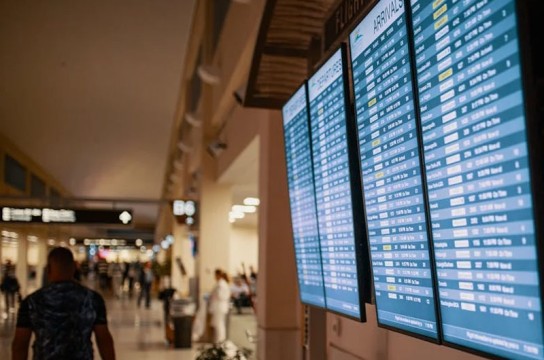Buying a private jet isn’t just a transaction — it’s a strategic investment in lifestyle, time, and business agility. While some may see it as a status symbol, others consider it a tool for maximizing productivity and freedom in travel.
If you’ve ever asked, “How do people actually buy private jets?” — this article breaks it down for you.
Why Buy a Private Jet?
-
Save time – No lines, no delays, no connecting flights.
-
Privacy & Security – Ideal for executives, celebrities, and high-net-worth individuals.
-
Ultimate Comfort & Control – Customize everything from interior design to scheduling.
-
Business Advantage – Faster decision-making, flexible travel, and global reach.
Steps in the Aircraft Acquisition Process
1. Define Your Needs
Start by asking:
-
How often will you fly?
-
Typical routes – short domestic trips or long-haul international?
-
Passenger capacity?
-
Will you fly frequently enough to justify ownership?
Example: For frequent Jakarta–Singapore trips with 2–4 passengers, a light jet may be enough. For long-haul Asia or Europe flights, a mid-size or heavy jet is more appropriate.
2. Set Your Budget
Private jets vary widely in cost:
Jet ClassCapacityNew Purchase PriceLight Jet4–6 pax$3M – $8MMid-size Jet6–9 pax$9M – $16MHeavy Jet10+ pax$20M – $70M+You can also consider pre-owned aircraft, which often cost 30–50% less than new jets.
3. Hire a Consultant or Broker
If this is your first purchase, it’s smart to work with:
-
An Aircraft Acquisition Specialist
-
A Private Aviation Broker
-
An Aviation Attorney
They’ll help you:
-
Identify the right aircraft
-
Negotiate pricing
-
Handle inspections and documents
-
Manage legal & financial processes
4. Pre-Purchase Inspection (PPI)
Never buy without a full inspection:
-
Check maintenance records (logbooks)
-
Review engine condition and avionics
-
Perform a thorough physical inspection
Think of this as a supercharged version of checking a used car — but with million-dollar implications.
5. Registration & Legal Checks
-
Register your aircraft with local aviation authority (FAA, DGCA, etc.)
-
Run a title search to ensure no liens, legal issues, or outstanding debts
-
Ensure proper ownership documentation and airworthiness certification
6. Financing Options
Not all jet buyers pay in cash. Options include:
-
Aviation loans or leases
-
Joint ownership through Special Purpose Vehicles (SPVs)
-
Operating leases for companies seeking off-balance sheet options
7. Management & Operations
Once you own the jet, consider:
-
Who will fly it? (hire pilots, crew)
-
Where will it be based? (hangar & logistics)
-
Who handles permits, maintenance, and scheduling?
Solution: Hire a Professional Aircraft Management Company — they take care of operations, maintenance, and can even charter the jet when not in use (earning passive income).
Extra Tips
-
Don’t focus solely on the purchase price – factor in annual operating costs (often $500K – $1M+).
-
Consider fractional ownership if full ownership isn’t practical yet.
-
Base your jet strategically to reduce repositioning costs and improve availability.
Final Thoughts
Acquiring a private jet is a bold move — but with the right planning and guidance, it’s absolutely achievable. Whether for business, lifestyle, or both, owning a jet unlocks a level of freedom, privacy, and power that commercial aviation simply can’t match.



